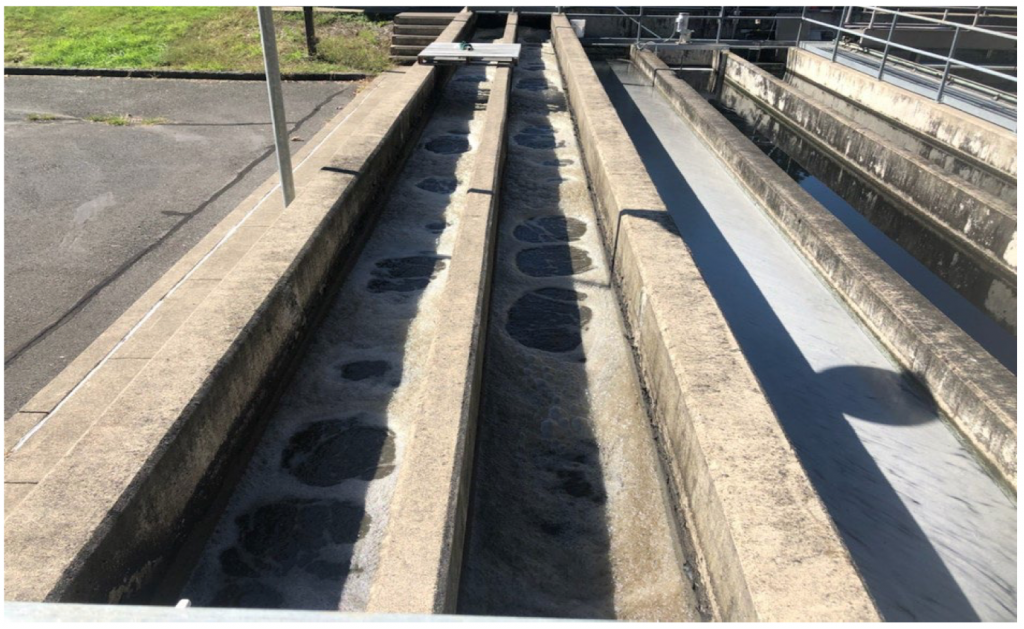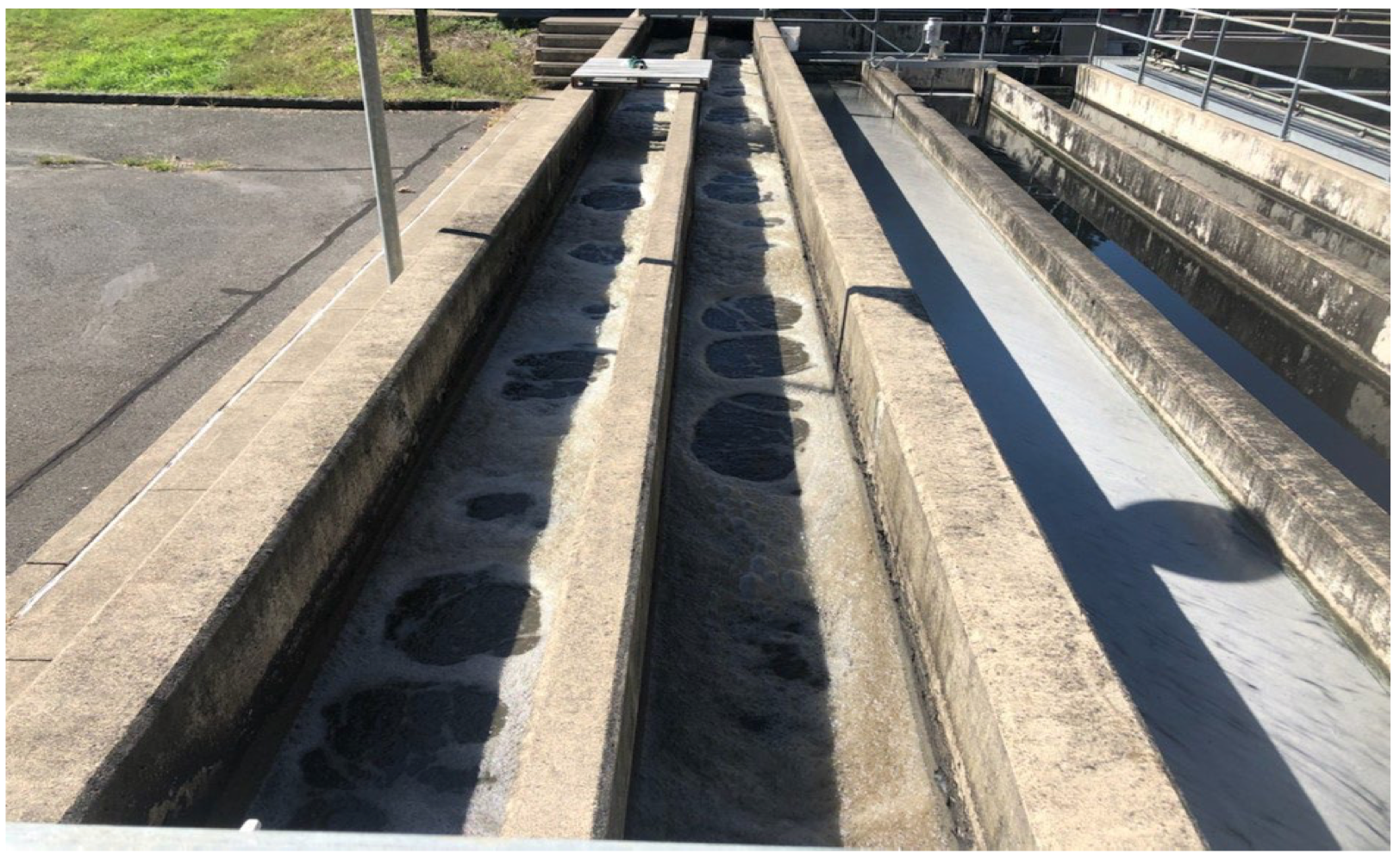Mechanical WWTP .2 MGD
Wastewater systems located in regions with high annual precipitation, such as the Pacific Northwest, are prone to experiencing biological washouts due to high infiltration and inflow (I&I) from collection systems. Infiltration and inflow can critically disrupt the biological treatment at a plant.
Increased storm water and infiltration inputs can dilute influent organic substrate and washout established biomass. As a result, the biology in the system losses connectivity with the food supply and functional community structure. The following reference of work describes the application of ProBiotic Scrubber® II (PBII) and Candy Carbon® (CC) to restore the biological treatment in an activated sludge plant (ASP).
A 0.2 MGD municipal ASP in Oregon was having issues with maintaining biomass after storm events. Increased I&I would disrupt the biological treatment in their activated sludge basins (ASBs). The influent biological oxygen demand (BOD) became diluted with rain water, and the biology was washed out in the effluent. This diminished the food and biomass in the plant. Because of this, the treatment efficiency in the ASBs was very poor after a washout event.
The management at the plant needed a solution to increase the biomass and organic carbon availability in the system. Traditionally, activated sludge would be inoculated into the aeration process to increase biomass. The plant supervisors were aware that implementing activated sludge was expensive, time consuming, and could cause additional issues in the system. For these reasons, the management sought a different biological solution to support the biomass in the plant.

Figure 1. A 0.2 MGD activated sludge plant oxidation ditch supported by applications of Probiotic Scrubber® II and Candy Carbon®.
They contacted BioLynceus® to design a bioaugmentation plan for their specific needs. A duel regimen of PBII and CC was prescribed for the wastewater facility. PBII was recommended to provide a concentrated supply of wastewater biology. CC additions were suggested to increase the organic carbon availability for the PBII seed. The treatment was applied to the ASBs when high I&I washed out the plant.
After a few days of treatment, the biology in the ASP was properly processing influent wastewater. The new biomass settled properly and facilitated biological nutrient removal. Implementing PBII and CC provided a solution to stabilize treatment at the ASP after big events.
BioLynceus® ProBiotic Scrubber® II and Candy Carbon® help stabilize biomass in activated sludge systems.
1 National Small Flows Clearinghouse West Virginia University. (1999, spring). Infiltration and Inflow can be Costly for Communities. Pipeline, 10(2), 1-8. http://www.nesc.wvu.edu/pdf/WW/publications/pipline/PL_SP99.pdf


